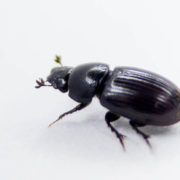Successful renewal of ECT’s GLP certificate – now also including category 1 (Physical-chemical testing)
ECT’s certificate of Good Laboratory Practice (GLP) has been successfully renewed in April 2024, for the 9th time since 1994. The successful assessment of conformity with GLP included ECT’s recently established analytical department and electronic raw data archive.


 pressmaster – Fotalia.com
pressmaster – Fotalia.com






 E. Roller
E. Roller